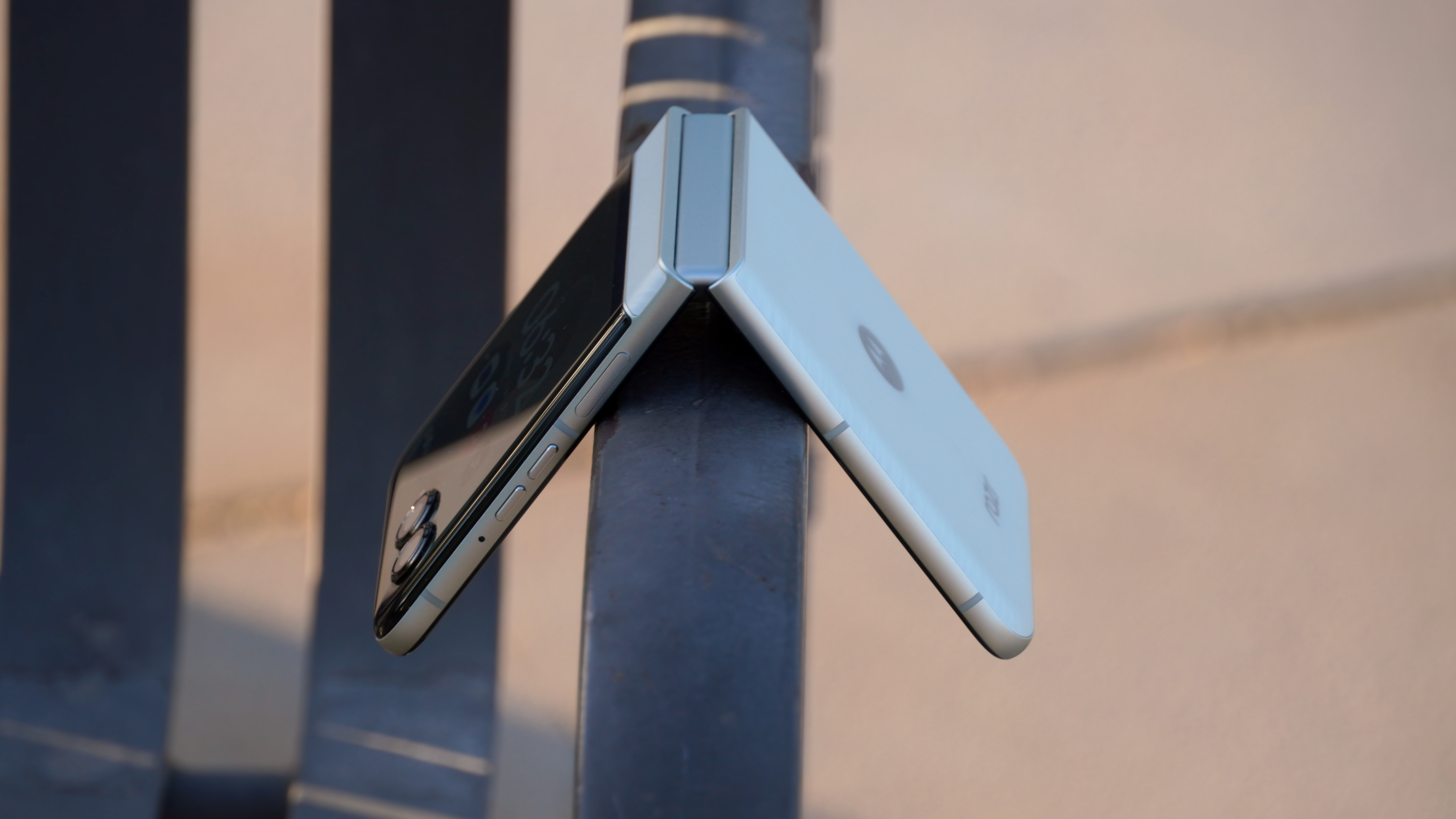Does the Fitbit Charge 5 have an EDA sensor?
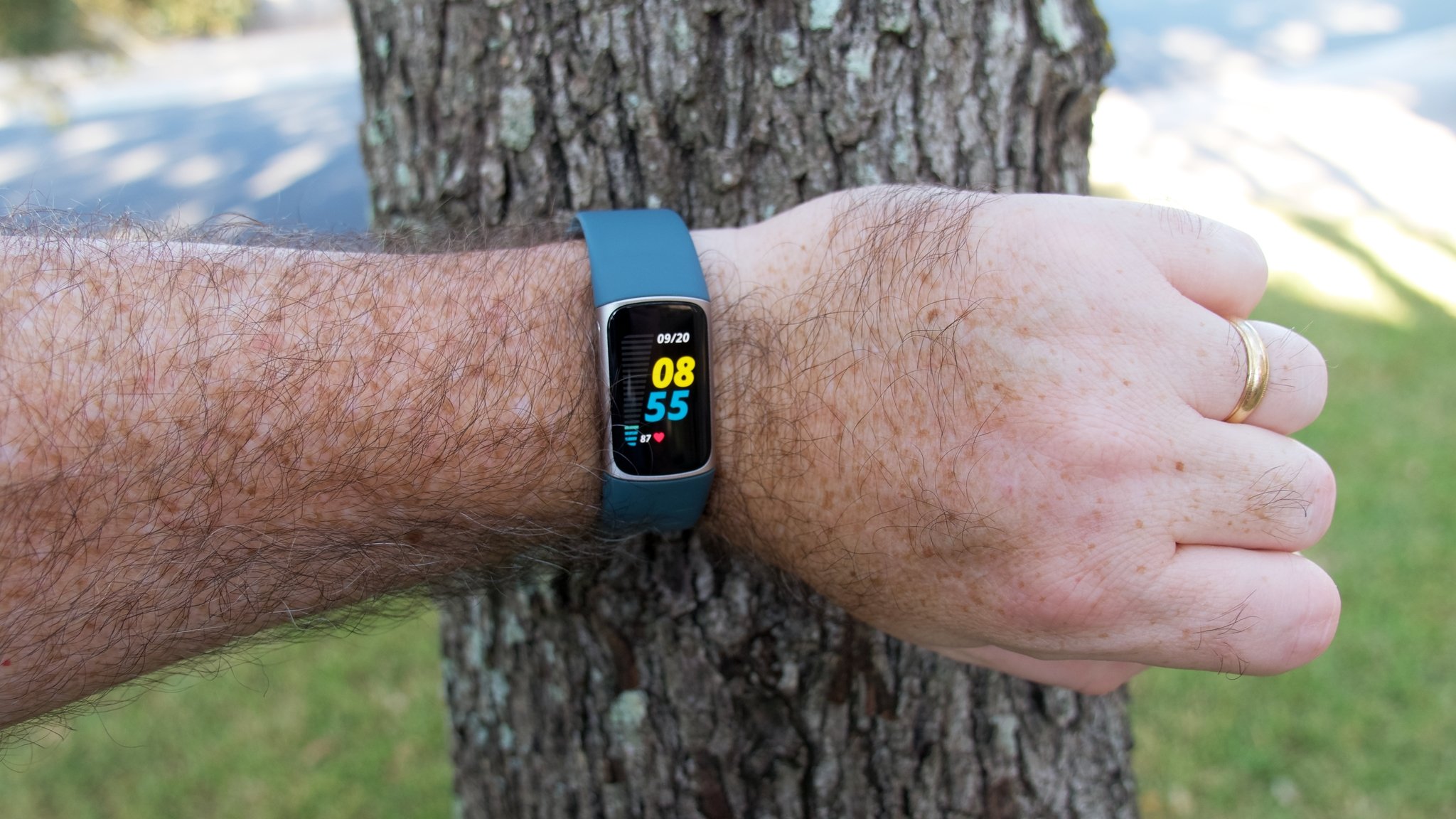
Best answer: Yes, the Fitbit Charge 5 has an EDA sensor to measure sweat from your wrist. This data can, in turn, help you determine stress levels and what might cause them to rise.
What's an EDA sensor?
An EDA sensor, which you'll find in some of the newer, more premium smartwatches and fitness trackers, measures electrodermal activity through perspiration. EDA stands for electrodermal activity and is sometimes called galvanic skin response (GSR).
The value in getting this data is that EDA can help determine your stress level since your internal temperature can change based on emotional arousal. So if you're stressed, you'll see a greater EDA response through more eccrine sweat gland activity.
So having an EDA sensor in a smartwatch or fitness tracker helps determine when you're feeling stressed, how stressed you are, and links those feelings to possible triggers. Once you have this information, particularly after taking ongoing measurements over time, you can make positive life changes to help reduce stress as needed. Therefore, whether you're doing mindfulness exercises (found in the Fitbit app or through third-party ones), taking on less work, or trying a relaxing activity to bring stress levels down, it's all covered.
Does the Fitbit Charge 5 have an EDA sensor?
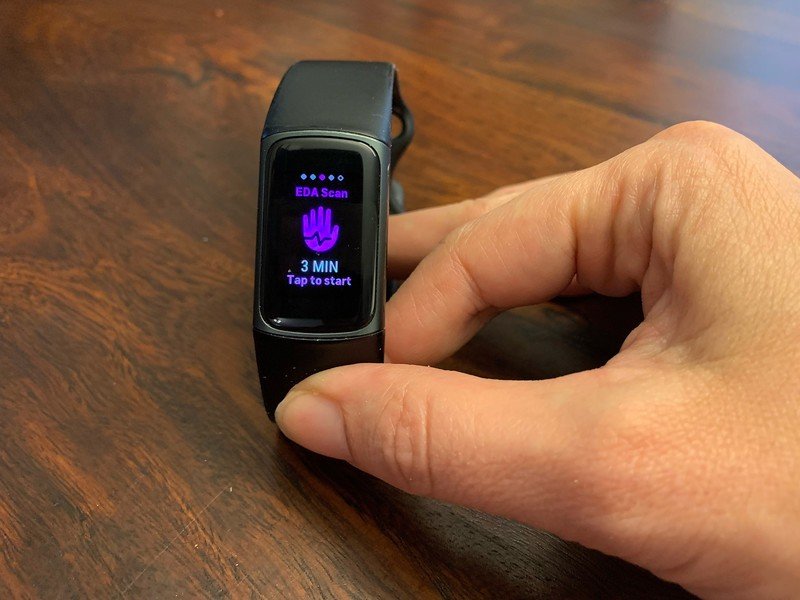
Along with many other premium features like 24/7 heart rate tracking, Sp02 oxygen saturation measurement, built-in GPS, detailed sleep analysis and Sleep Scores, an on-wrist ECG app to measure heart health, Daily Readiness Score, and tons of built-in exercises and sports to accurately track your activities, the Fitbit Charge 5 also has an EDA Scan app for stress management. In fact, the feature is one of many upgrades over the previous generation model that might entice you to choose the Fitbit Charge 5 over the Fitbit Charge 4.
Get the latest news from Android Central, your trusted companion in the world of Android
Swipe left on the Charge 5 screen until you get to the EDA Scan app in the on-device's menu, and it'll prompt you to tap to begin a three-minute reading. An explanation will appear, noting that it will measure tiny electrical charges in your skin that could be due to stress or other emotional factors, like fear or even excitement. The calmer you feel, the fewer responses there will be.
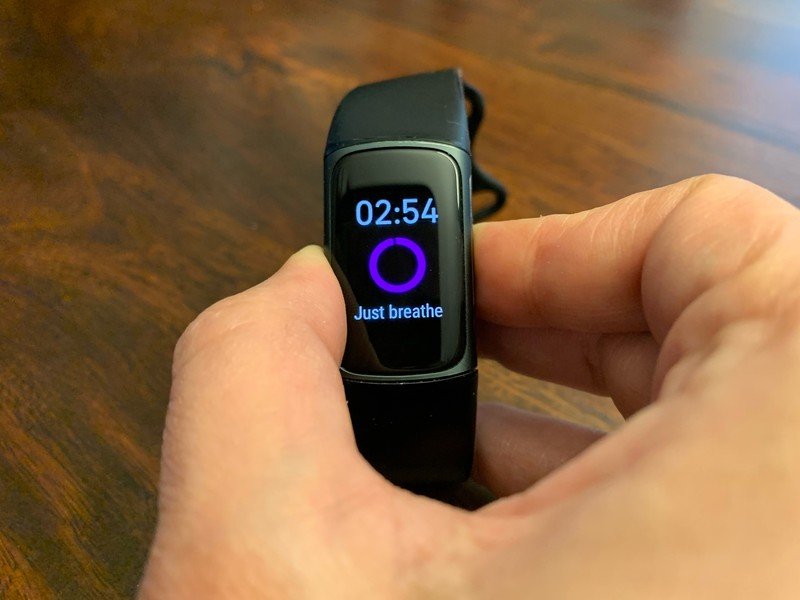
To take the measurement, gently place your thumb and index finger on either side of the tracker where the two sensors are located and hold them there for three minutes, remaining steady the whole time. Breathe and watch the clock countdown, and the ring close slowly as the time goes by. Then, choose a smiley face icon to indicate how you feel, from very calm to very stressed (you can skip this step if desired), and get the numerical value of your EDA response. It will also show your start and end heart rate and tips on helping to reduce stress or keep a continuous eye on your stress levels.
You can also go to the Fitbit app to learn more about the number, including seeing a graph of your heart rate through the three-minute period, how many responses were measured and when, and even a log of your reflection after the session (if you didn't select it on the device), asking you to indicate if you feel very calm, calm, neutral, stressed, or very stressed. Under "Your Journey," you can monitor all your responses to date to get an idea of your overall stress levels daily.
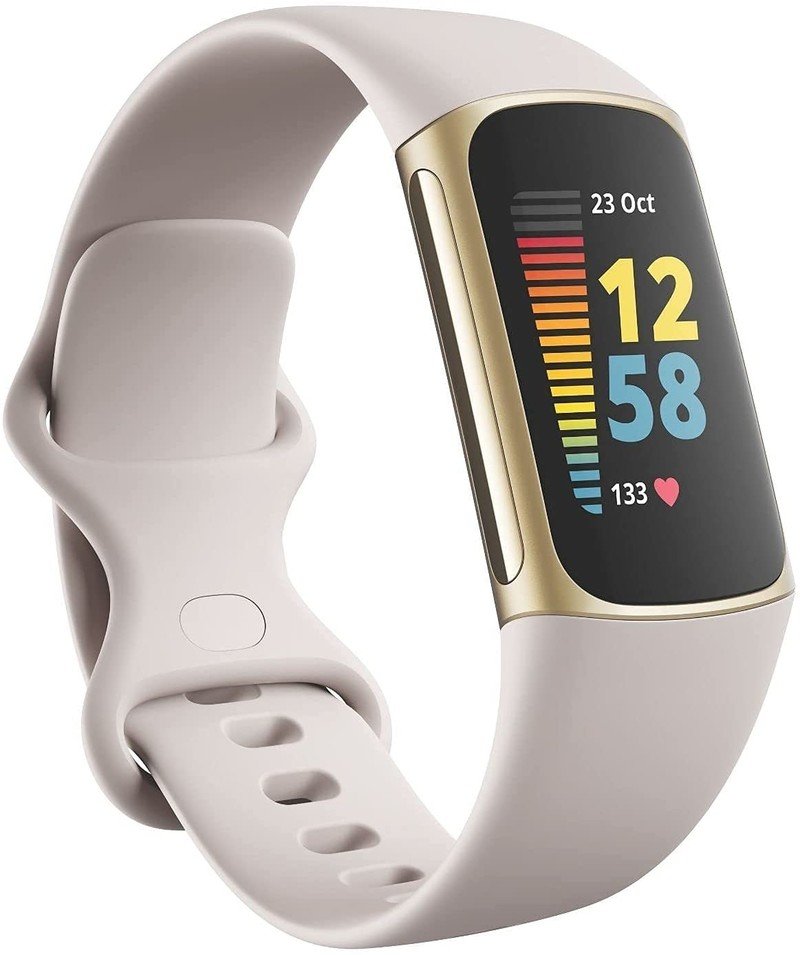
See if you're stressed
Among its many premium health and wellness features, the Fitbit Charge 5 has an EDA sensor to measure your response to stress. Take a three-minute test each day or whenever you have time, and log the results to determine how calm or stressed you are. Use this data to determine what might trigger rises in your emotional state or as motivation to make life changes.

Christine Persaud has been writing about tech since long before the smartphone was even a "thing." When she isn't writing, she's working on her latest fitness program, binging a new TV series, tinkering with tech gadgets she's reviewing, or spending time with family and friends. A self-professed TV nerd, lover of red wine, and passionate home cook, she's immersed in tech in every facet of her life. Follow her at @christineTechCA.
